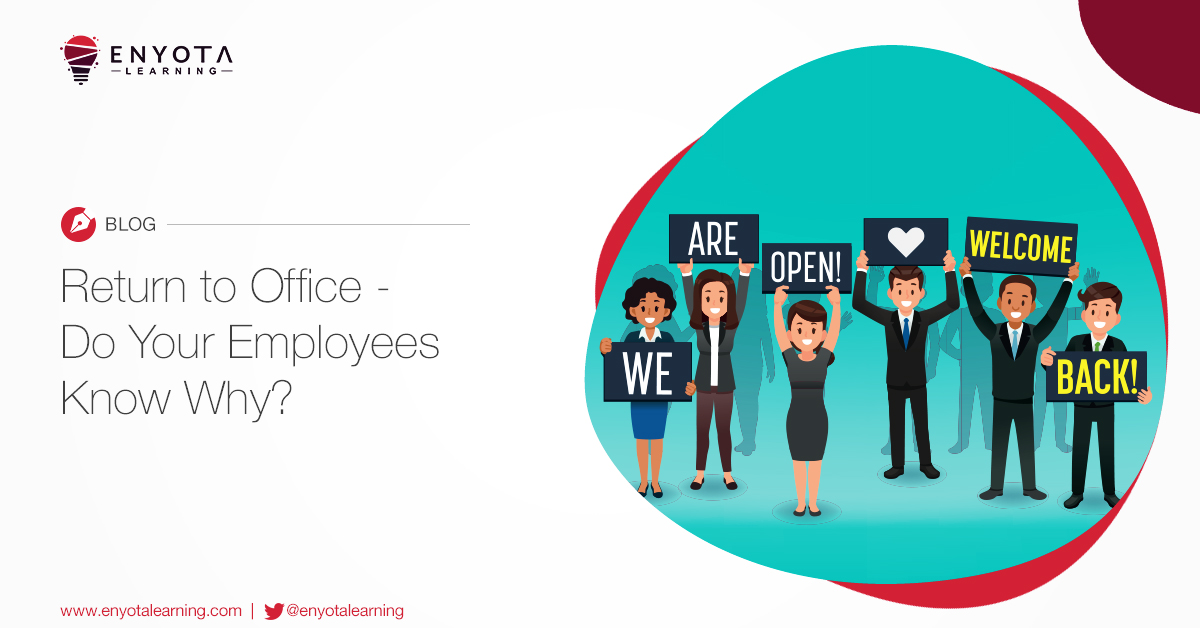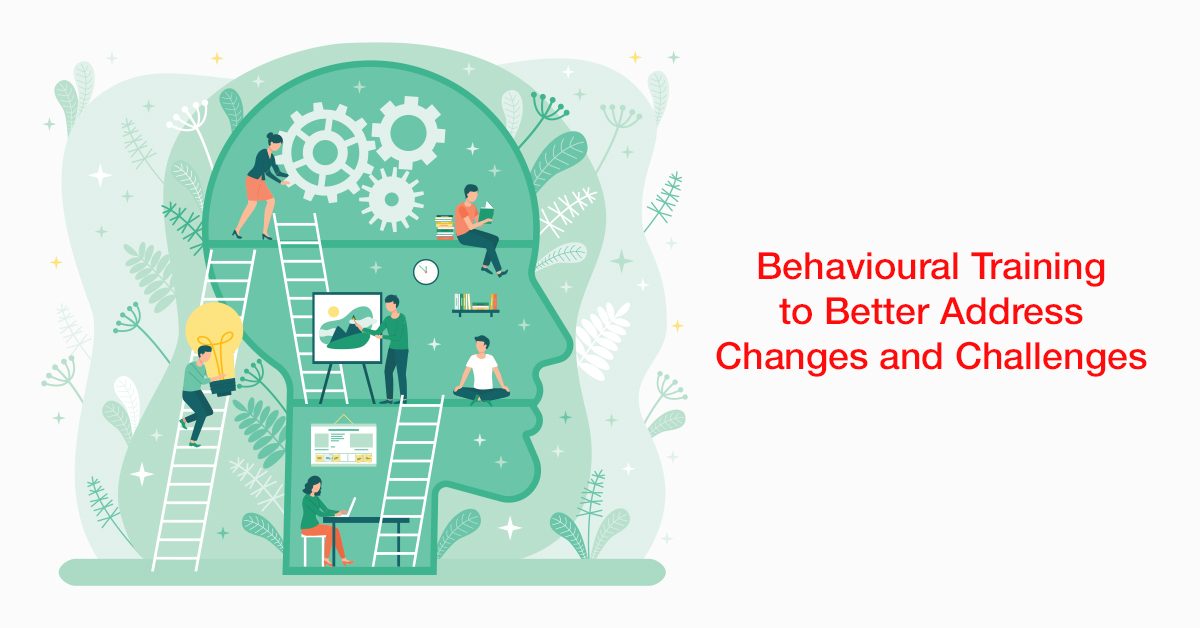
First off, to develop good custom eLearning is important and there are no two ways about it. Your business relies on processes that are unique and contributes to its success. And just like that, your business needs training that is unique which contributes to its success.
So, what Is the apprehension surrounding custom eLearning development? Why do some organizations still hesitate to design training courses that are custom-built to match their exact training needs?
We think we may have some answers. This blog will try and outline some points of consideration that your organization may want to investigate when it comes to designing the best custom eLearning program for its employees.
What Does it Take to Develop Custom eLearning Courses?
Budgets
To develop custom eLearning courses is the best possible solution to your organization’s training needs. If you try comparing the price of readymade eLearning courses to that of custom eLearning courses, and then make a decision on the basis of price alone, you are making a gross miscalculation.
Readymade courses are undoubtedly more affordable when compared to custom eLearning, but you cannot expect such training to make any real difference to the overall productivity and output of your employees. Why? Because readymade courses are an attempt at giving life to the saying ‘one size fits all’. However, as experience and the practical application tells us, it cannot get any further from the truth.
Businesses cannot rely on the ‘one size fits all’ mindset with regard to training. Especially if the training revolves around complex topics that are critical to your organization’s success. Instead, you’ll have to keep aside reasonable budgets to develop custom eLearning courses that cover all there is to know about excelling within your organization. And that is what most employees need.
Time
Generally, we always relate custom eLearning development with long development cycles. The truth is that there are two sides to this coin.
With advanced designing technology and a global shift towards applications that use readymade templates and objects to create media-based eLearning courses and videos, long development cycles can be shortened. In some cases, development can be shortened to less than a week! Here is an example of how we create simple animated explainer eLearning videos in less than a week!
And, as we first hinted that there are two sides to this coin, it is true that such rapid eLearning development cycles are best suited for rapid training needs and simpler topics.
For complex topics, it is still important to focus on well-designed, engaging, and immersive eLearning courses. Something which takes time to build, but yield more wholesome results.
So, if time is something that your organization does not have, rapid eLearning development and custom eLearning development can work well with each other. However, if you are looking for something with increased depth and engagement, then consider standard eLearning development.
Content
Content forms the backbone of your custom eLearning course. And unfortunately, no matter how much you want it, nobody can assist you with content but yourself. You know your organization’s needs, you know what it takes to function, and so you put together content that is critical for your training to succeed.
Now we know that putting together content for your training needs can be very complex for some people. And honestly, there is not much that one can do but get on it like hammering nails into the wall – head-on.
However, there is one solution that may simplify it a little if not completely. We are talking about identifying internal subject matters experts (SMEs) who can assist you with putting together the content. Subject matter experts are employees who excel in their domain. These are employees who display clear indications of having overcome hurdles with regard to their job role. Such employees are excellent examples for others to follow and they are very good sources from which to generate high-quality custom training content.
Designs
Unlike readymade courses, custom eLearning allows you to choose the designs that come with the training course. Designs are very important. Ill-designed eLearning course fail. Your employees won’t want to access these, neither will it make a difference once accessed because it distracts instead of engages.
Design is something that not everybody can get right. Alongside understanding the principles of design, i.e.: what colors go well together, what metaphors resonate, what activities will engage the learners, etc., one must also consider the psychological implications of design on a learner’s ability to interact with a course, i.e.: where should navigation be placed, how should the text and media appear on the screen and in what sort of a layout (like placing text on the upper left corner catches the attention of most readers immediately).
Also, when we talk about custom eLearning development, it is the design that you really pay for. Now, whether your content follows simple video-based development or complex animations and simulations, it all comes down to instructional and visual design and how you use it to enhance the effectiveness of your course.
Choosing a Partner to Develop Good Custom eLearning Courses
Finally, choosing the right development partner or more importantly, an eLearning vendor is very important. But eLearning vendor sounds very unidirectional. Whereas developing custom eLearning courses are anything but that. As a result, we call it choosing a development partner because it is a partnership that involves a lot of back and forth between the organization and the development partner.
Reviewing development at all major intervals and proving important feedback to your eLearning development partners is the key to a short development cycle with the least possible hassles.
You may also want to consider partnering with an experienced eLearning vendor. Someone who can support your organization throughout the development tenure with their expertise.
Final Thoughts
Building custom eLearning may appear complex but partnering with the right set of people will simplify the process significantly. Also, it is recommended to not prioritize readymade courses over custom eLearning based on the price factor alone. Both serve unique needs. Moreover, readymade courses are an attempt at solving multiple use cases using one strategy which does not always work as advertised.
Reach out to us to know more, or fill this call-back form. You can also test our learning management system, it’s free for thirty days.




